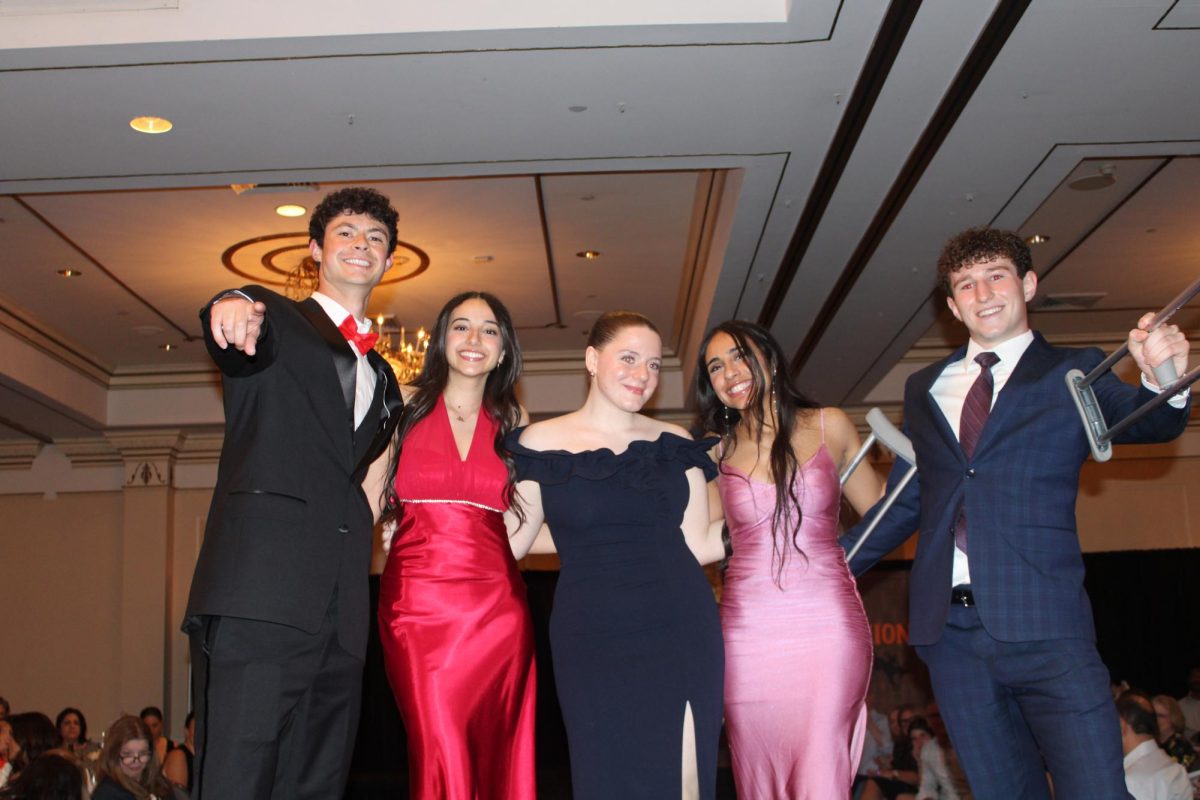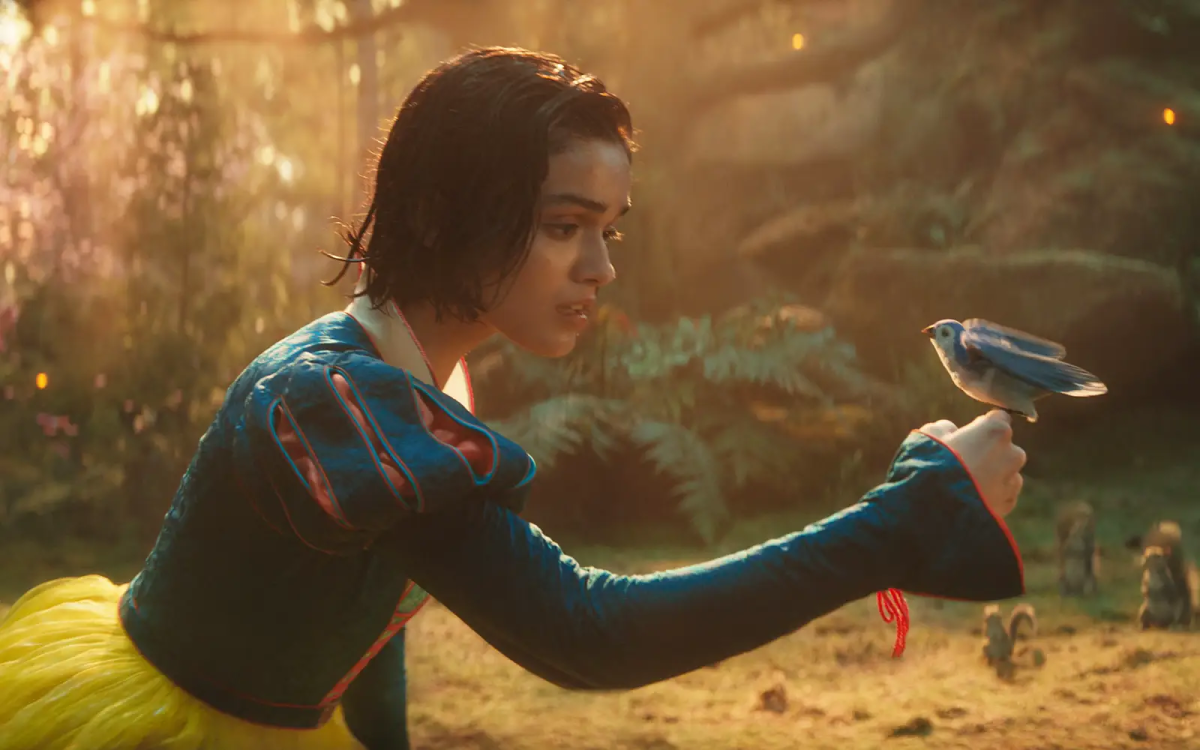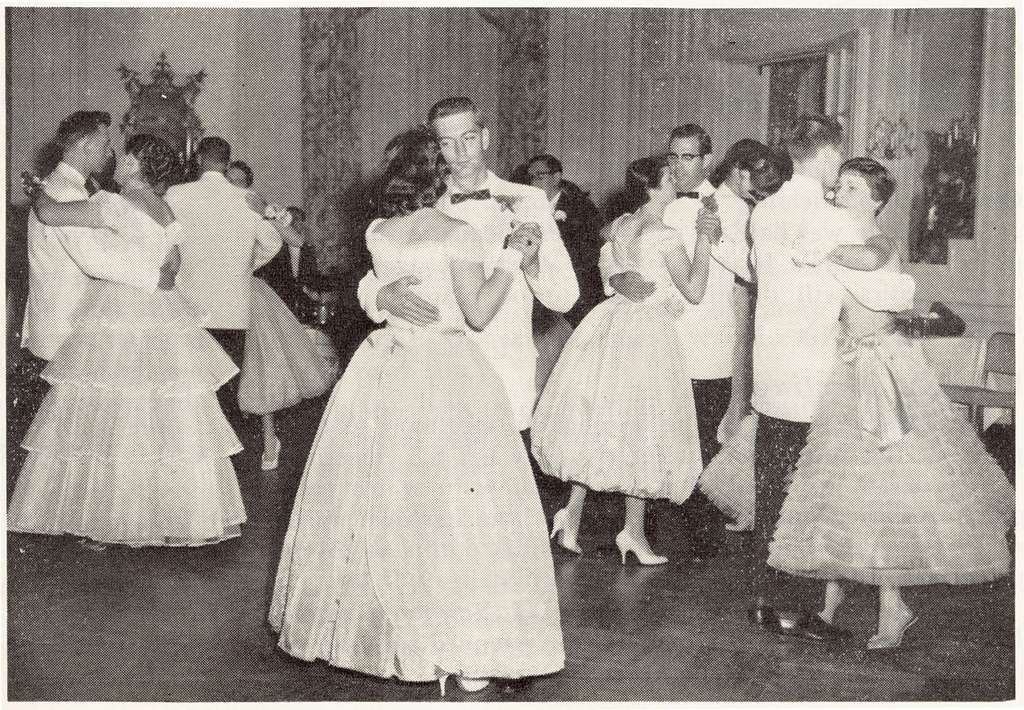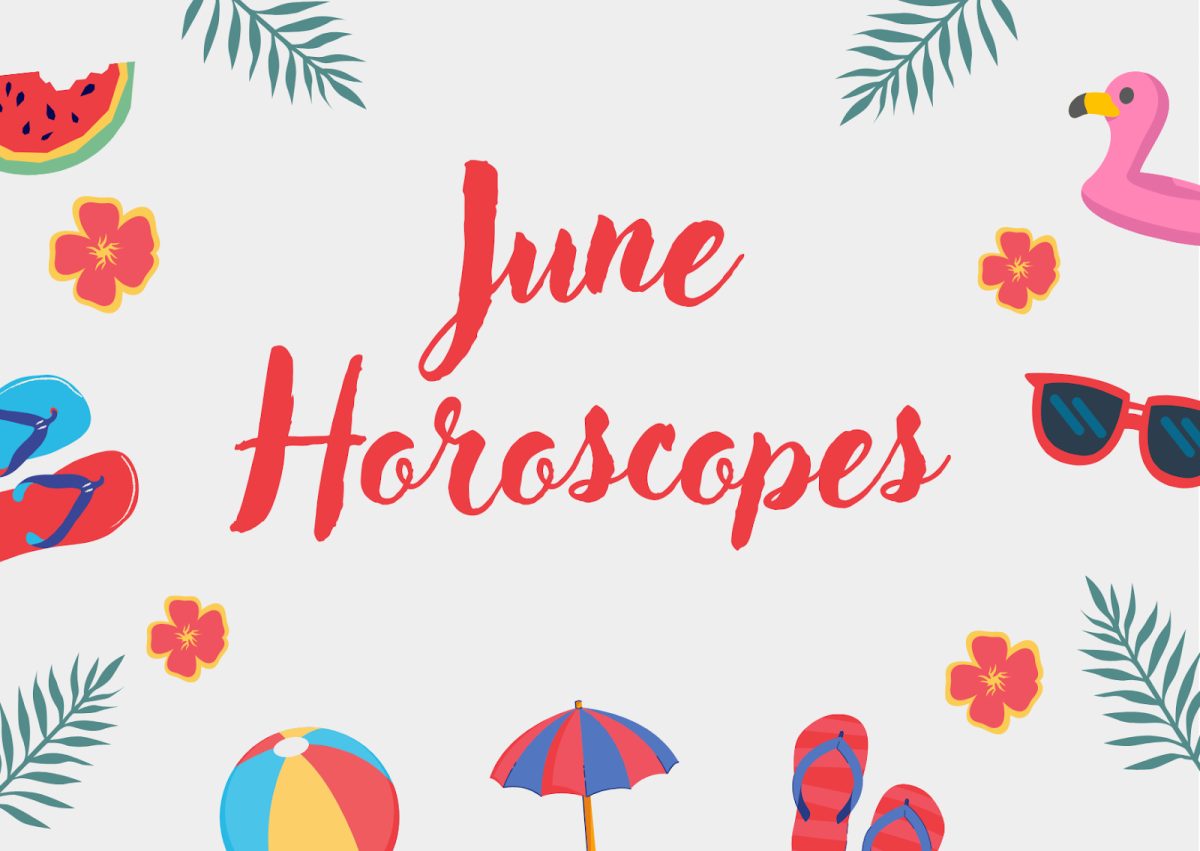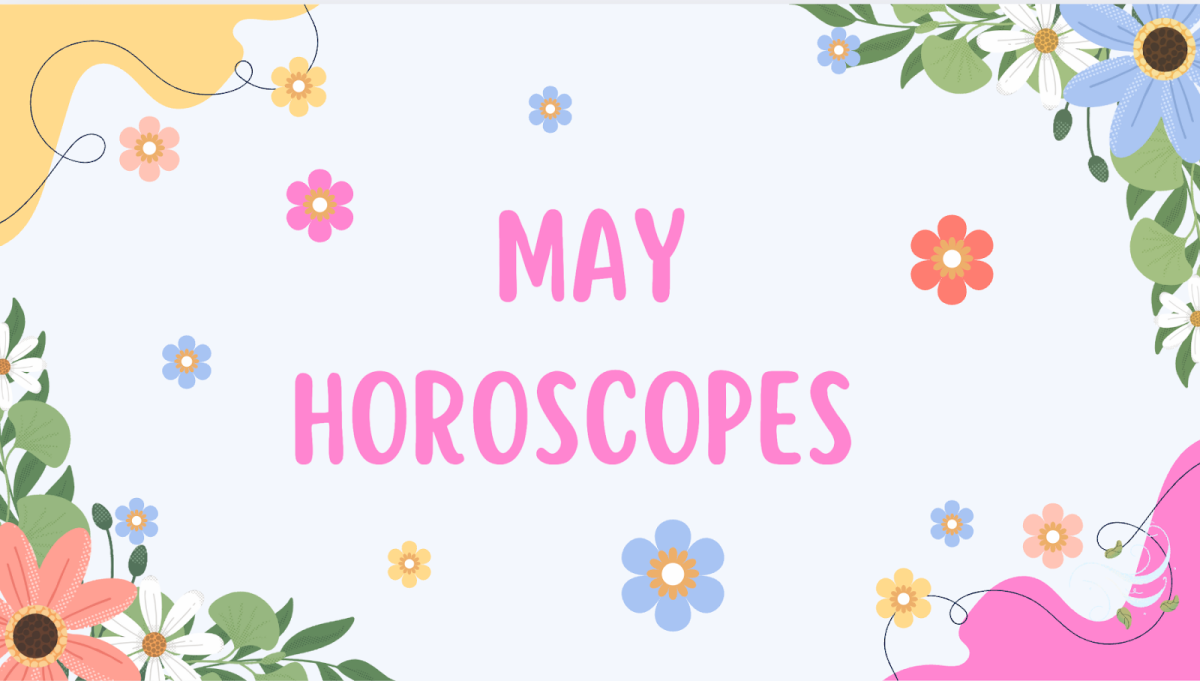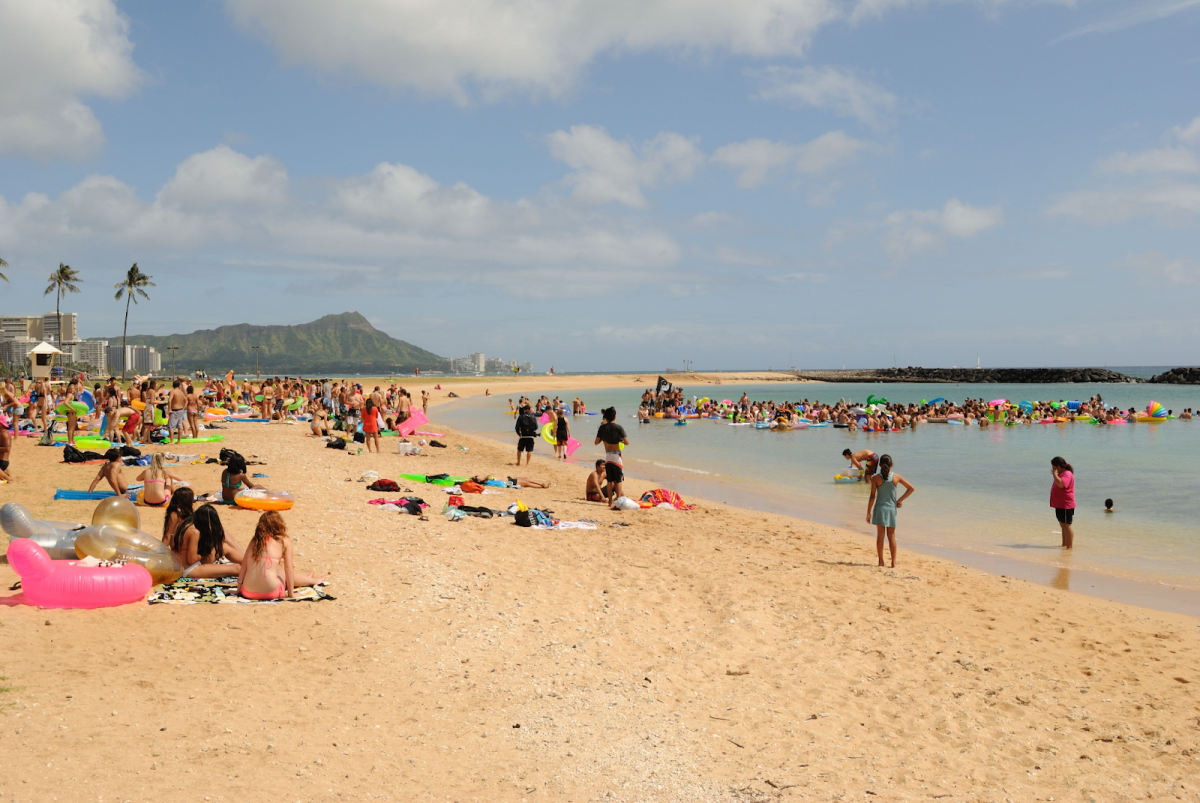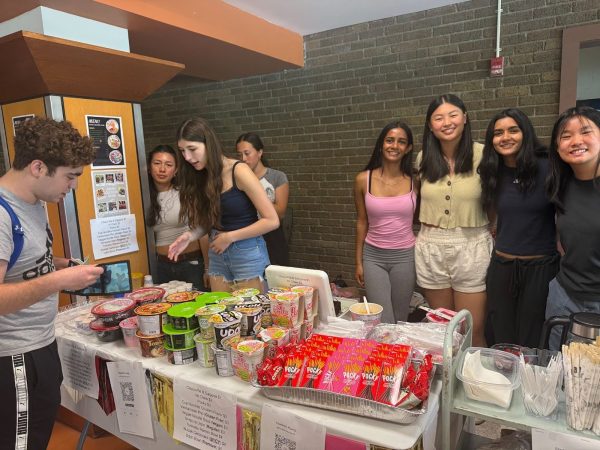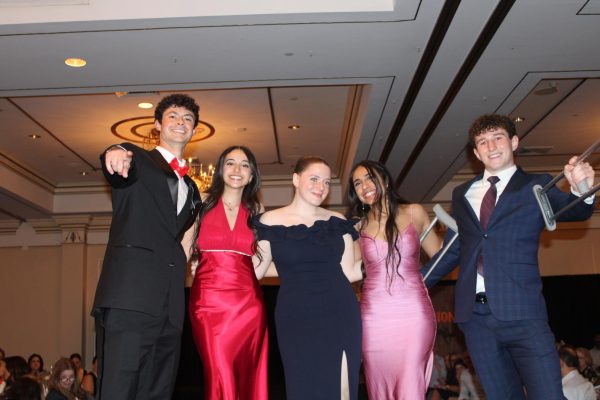Kung Fu Tea: A Beverage with “Pow!” Factor
By Amber Leung
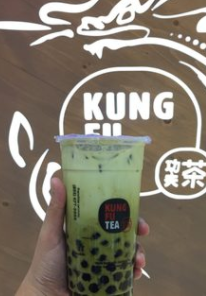
Green tea bubble tea slushie in front of the Kung Fu sign. Photo by Yelp.
As one of the first Asian food trends to hit the United States, it is safe to say that bubble tea has been in the market a significant amount of time. However, due to commercial factors, the originality of the beverage has been lacking in newly-opened “bubble tea” shops and finding it in its authentic form has become increasingly difficult.
Originating in Taiwan, bubble tea (also known as pearl milk tea or boba milk tea) was inspired by the Japanese-served iced coffee. Applying the same concept to milk tea and adding tapioca, jelly-like, chewy, pearl shaped tidbits, the cold drink quickly expanded throughout the country.
It became popular in Asian countries in the 1990s and it has spread all over the world in the 21st century. The drink is most commonly found with pearl tapioca coated with honey in Taiwanese black tea served cold.
While the “pearls” and the milk tea are the signature ingredients in bubble tea, many variations on tea and toppings have arose in the past years. In today’s market, flavors can range from the natural (green tea, black tea, white tea, coffee base) to fruit flavorings (passion fruit, peach, green apple) to artificial concoctions (Oreo, pudding, chocolate).
As for toppings, traditional bubbles can be replaced by jelly, red bean, and taro, exploding bursts of flavor. In addition, opposing its smooth, classic “tea” base, slush mixed drinks can be found and brings a more modern feel to the experience.
Opening up as a stand in Garden State Plaza, Kung Fu Tea has been around as an establishment since 2009, promoting authentic, quality tea, rather than the “mediocre knockoffs” found at restaurants and bakeries.
As a bubble tea enthusiast, when I heard that I didn’t have to travel all the way to Chinatown to buy myself a cup of traditional bubble tea, I was ecstatic but at the same time, a bit doubtful that it could encompass the flavor I remember having in Taiwan.
I first tried the peach green tea with bubbles and to my astonishment, it was not artificial. Instead, even with the addition of peach flavoring, the bitter of the tea cut through well, balancing the drink as a whole.
In addition, the drink consisted of pieces of peach as well, a pleasant surprise I didn’t expect. The bubbles were the perfect consistency: chewy, soft, and sweet.
Time after time, I return to Kung Fu Tea, trying out various flavors such as the original black milk tea, honey black tea, passion fruit green tea, red bean slush, and although there were twists on the traditional on their menu, the quality of the key ingredients never cease to amaze me.
My only complaint would have to be the pricing – within the past two months, I’ve noticed the price has gone up almost a full dollar. However, due to the fact that authentic bubble tea is hard to find around the proximity of Pascack Hills, it is worth it for me each time.
Refreshing, varying, and sometimes weird for those who haven’t tried them before, bubble tea never gets old.
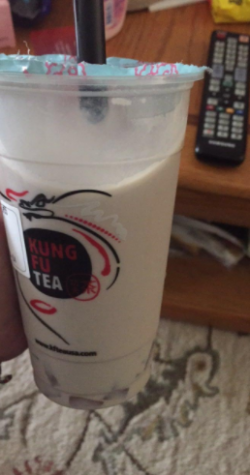
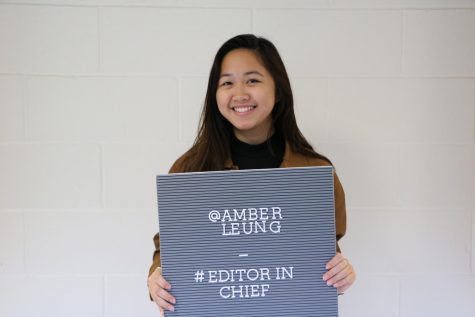
Editor-In-Chief Amber is a senior and is working on her final year on The Trailblazer. She's ready to work with, train, and mentor underclassmen to one day take her job! Although she is sad to see it go, she's excited for the rest of the 2018-2019 season and making it the best yet.










